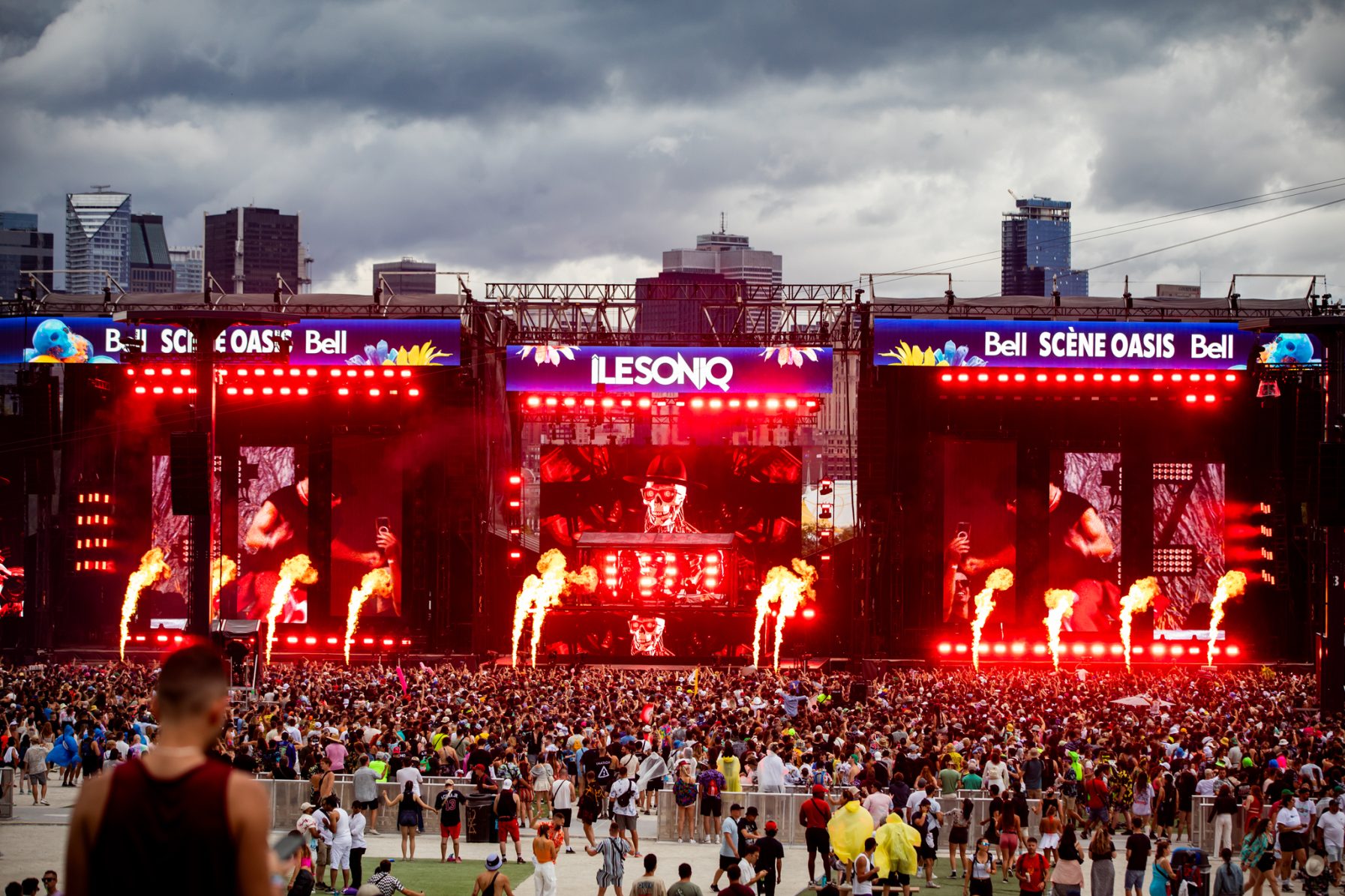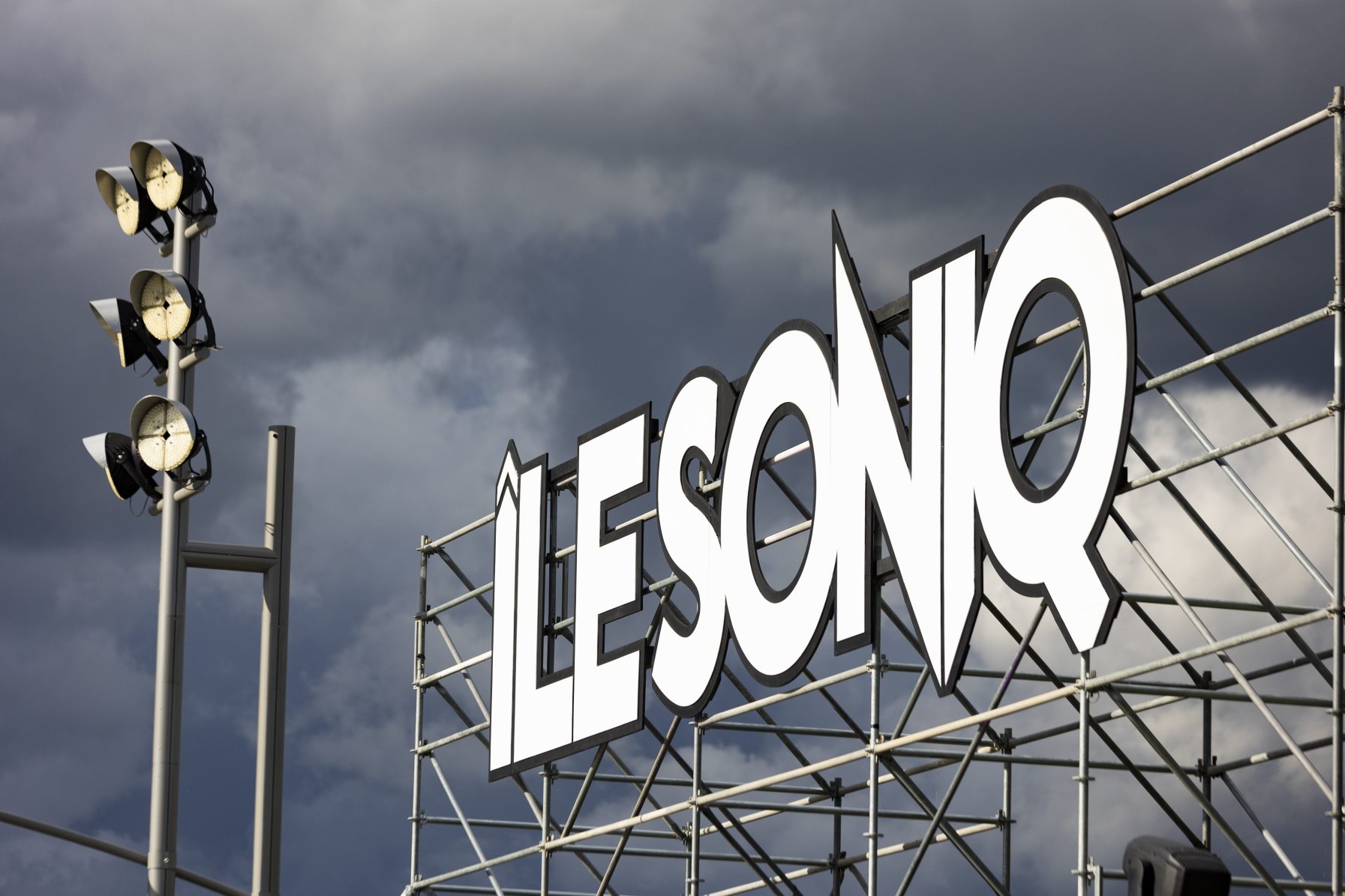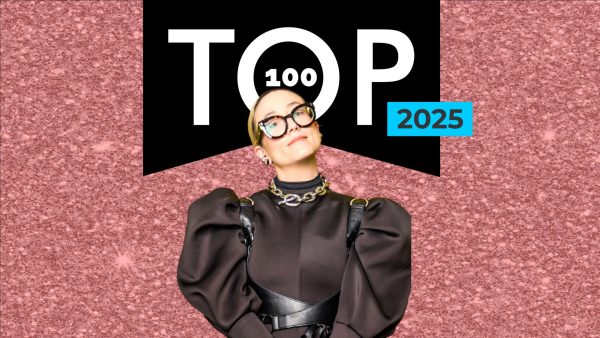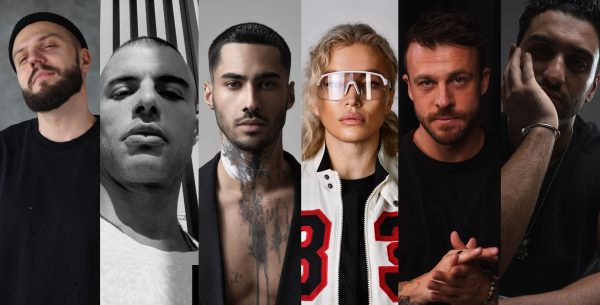Meet Évelyne Côté.
As Senior Manager, Booking, Concerts, and Events at evenko (Canada’s largest independent promoter and producer) Évelyne is a decisive voice in the programming for Canada’s biggest electronic music festival, îLESONIQ, and its sibling festivals, OSHEAGA and LASSO. With a background in music journalism and a taste in music informed by everything from her experiences during Montreal’s illegal raves in the nineties to her own work as a DJ, Évelyne has become a central figure on the Canadian dance scene and is a vocal champion of dance music in Montreal.
Sitting down for an exclusive interview with Nexus Radio, Évelyne shares the origin story behind îLESONIQ—taking us through its earliest editions to this summer’s, which featured Tiësto, Green Velvet, Loud Luxury, and Zedd, among others—and talks EDM’s early days in Montreal, the difference between European and American crowds, and what it’s like curating a lineup for a festival that this year welcomed over fifty thousand attendees.
—
NEXUS RADIO: Évelyne, it’s great to meet you and thanks for taking the time out of what I’m sure has been a whirlwind few weeks to sit down with me.
ÉVELYNE COTE: These three back-to-back weekend festivals—OSHEAGA, îLESONIQ and LASSO—are always a marathon. (laughs) It’s a sprint during the weekends, but really one long three-week marathon.
NR: You guys are doing a wonderful job. OSHEAGA was one of the best-organized and safest festivals I’ve been to.
EC: Thank you! Our site [Parc Jean Drapeau at Île Sainte-Hélène] is one of the best in the world, right by the St. Lawrence River and facing the Montreal skyline. It’s gorgeous, especially during Golden Hour. We’re so happy with it.
NR: So, tell me, what’s the îLESONIQ story?
ÉVELYNE COTE: Well, OSHEAGA started in 2006, and I started working for evenko in 2010. Back then, the electronic side was kind of co-booked with other promoters in town, but to give it a real personality, I took that with me and developed OSHEAGA’s Island Stage.
There were certain artists that we couldn’t program at the Island Stage, either because of their more niche genres or because they were bigger than the space could accommodate, which is around 9000 people. And I was like, “What can we do to create something that is not OSHEAGA but that we could call our own and that could serve these more niche dance music communities?” I’m from the eighties, so I was raving in the nineties and I know how that can help make you feel included and how it helps with expressing yourself as a young adult.
We started brainstorming, and the word îLESONIQ came up as this land where anything can happen. The blueprint for it was taken from EDC [US] and Tomorrowland [BG]—the big motherships, where there are spectacular productions and big stages and different kinds of electronic music.

NR: That’s a great story. And it’s been almost 10 years now! How has îLESONIQ evolved over the years?
EC: I talked about the kind of blueprint that we had in our minds, but that first year we weren’t sure what an îLESONIQ ‘fan’ would look like. And when I saw these kids rush through doors as soon as we opened and then embrace everything we had booked… Well, it was a younger crowd.
In terms of evolution, îLESONIQ used to be on one part of the site, but now it’s on both parts, like OSHEAGA. And then we joined the OSHEAGA’s two mainstages and added a big DJ booth with rigging, moving lights, lasers… Doubling the main stage was a big milestone for us. It meant we could put the heavy hitters on that stage, then play around a little more with the smaller stages and push the envelope with the programming there.
NR: It’s nice to see how much it’s progressed. It’s the biggest Canadian stage for electronic music, right?
EC: It’s the largest compared to our brothers and sisters like Escapade, VELD, and Chasing Summer. The stage is even wider than Miami’s Ultra Music Festival. We don’t have the same budget obviously—they have enormous amounts of pyro and lights and gear on there. It’s not the same, but it’s comparable.
NR: I enjoyed Miami this year, but I loved the environment at Parc Jean-Drapeau.
EC: It’s more relaxed. Some music festivals can feel cramped, but at îLESONIQ, you have three different worlds around three stages to accommodate all these diverse communities that unite around house, techno, and bass… Or, the communities who just want to have the most things explode around them. (laughs)
We like to be quirky and to allow artists to have pride in what they play. Electronic music has a ‘bad rep’ for, you know, just pushing tunes and being void of a musical sense or soul. But that’s false, and we like to book the artists that have real craft and have something to say.
NR: Tell me a little bit about what it’s like building the lineup every year. How far in advance do you start booking next year’s edition?
EC: We’ve already started for 2025!
NR: It must be quite a process to narrow down all these artists.
EC: It can be. Sometimes it’s an easy conversation because the artists want to be involved. For instance, this year, Lilly Palmer wanted to play after seeing the program that we had with Space 92, Paul Kalkbrenner, Gioli & Assia, and Enamour.
And then there are the ones we’ve been wanting, like Fatboy Slim, who I’ve been trying to get for a while. It’s not the end of the world if it doesn’t work, but for me, that would be a big one. It would speak to our increasingly diverse crowd—from 16-year-olds to 65-year-olds.
NR: I feel like electronic music festivals sometimes have this reputation of being for ravers and 16-year-olds. But it’s amazing to consider the amount of diversity there actually is in the audience.
EC: I think that misconception comes from that second wave of what we call the EDM Movement. That came out of the States, rather than the rave and dance music culture that came out of Europe, namely Ibiza. In Europe, people dance well into their fifties. They go out, they enjoy their time… But in the States, it’s still very anchored in coming-of-age, maybe excessive, partying. There’s a difference culturally, depending on the country.
NR: That’s so true! It’s interesting how geography can be a determining factor in the crowd’s energy. There’s a noticeable difference between, say, Primavera Sound and EXIT or Ultra Music Festival.
EC: I can’t believe you’ve been to Primavera. I went for the first time this year!
NR: It’s one of my favorite festivals, I try to go every year! The location, the lineup—especially the electronic lineup. Did you get a chance to check out the bunker stage?
EC: I loved it. I loved the Cupra Stage, too. It was so intimate. The curation of the lineup is so intricate and carefully done.
NR: When you attend festivals like Primavera Sound, do you try to bring some of what you see back to the festivals you organize in Montreal?
EC: I mean, it’s just inspiring as a whole. As bookers, programmers, talent buyers—you’re speaking with a lot of agents who have something to sell, to put it simply. There’s lots of conversation, but at the end of the day, nothing beats seeing an artist or DJ unfold their performance. You always come back with notes and inspiration about who you want to bring to your festival.
NR: You’re also a DJ (by the name of Sassafras), in your own right. How has your experience as an electronic music performer influenced your work as a booker for evenko?
EC: That project is still new, but it’s been a refreshing and inspiring way for me to reconnect to music in a non-business, purely emotional and artistic way. And it’s made me discover some things that weren’t presented to me through the business channels. When an agent reaches out about a new client, sometimes it’s like, “Oh, I know them, I played their track.”

NR: I’m sure it’s made a difference. I’m curious to know what first drew you to electronic music. And, how has your taste evolved over the years?
EC: Well, 1996 was my year for Radiohead with Ok Computer. And then there were artists like the Chemical Brothers, Portishead, and the Prodigy, always running in my CD player.
It was around that time that I started going to illegal raves in Montreal. We had tons of them. And there was also SONA, the legendary club that we tried to go to as much as we could. I got into that culture at 15 or 16, but I never stopped going to concerts—Wheezer shows, and more and more indie rock shows towards the beginning of the 2000s.
Then, I was hired as a music critic and editor for the music section of a paper when I was in my mid-twenties. It was through writing that I professionalized my ear and how I analyzed and consumed music, which now informs the way I listen to music.
NR: Can you speak a little about what makes Montreal’s dance scene so unique?
EC: I think there’s the right amount of diversity, from Stereo [iconic night club in Montreal’s Gay Village] to now Homegrown Harvest and Exposé Noir. The whole techno scene has taken on this very underground, almost dark, space—which is great because it’s so liberating. And then there are the more mainstream clubs like New City Gas and Beachclub. There are shows at any time—you can go to îLESONIQ and be home by 11:30 or go to the after-hours until 5 AM. You could even go at 5 AM, with a coffee.
People ask if there’s saturation on the business side because the offering is so big, but what keeps it alive—apart from the people who work super hard behind the scenes—is the crowds. Concertgoers in Montreal are selective and engaged, and the artists love that. They don’t come just to party, but also to be together and connect with the music.
To me, dancing is just a part of life; it’s a way to forget your problems and be completely yourself with others without having to speak to communicate. I couldn’t live without it.
NR: That’s beautifully put. Ok, last question: What do you look for when booking an artist? What would you tell up-and-coming DJs looking to get booked at îLESONIQ?
EC: I’d say… Well, we’re looking for artists that have a little bit of an organized team around them. That can be one person—a manager. or just a PR person if you’re self-managed. We want an artist who has productions and mixes available, and who has talent. And we’re looking for people who want to play for people, not at people. I cringe when I see a DJ pushing a pre-recorded set on people without trying to feel and adapt to the vibe. That’s the whole beauty of DJing.
NR: That relationship between audience and performer is so important. Well, thank you so much for chatting with me, Évelyne!
EC: Thank you! And I’ll see you at îLESONIQ!
This interview has been edited for clarity and brevity.




